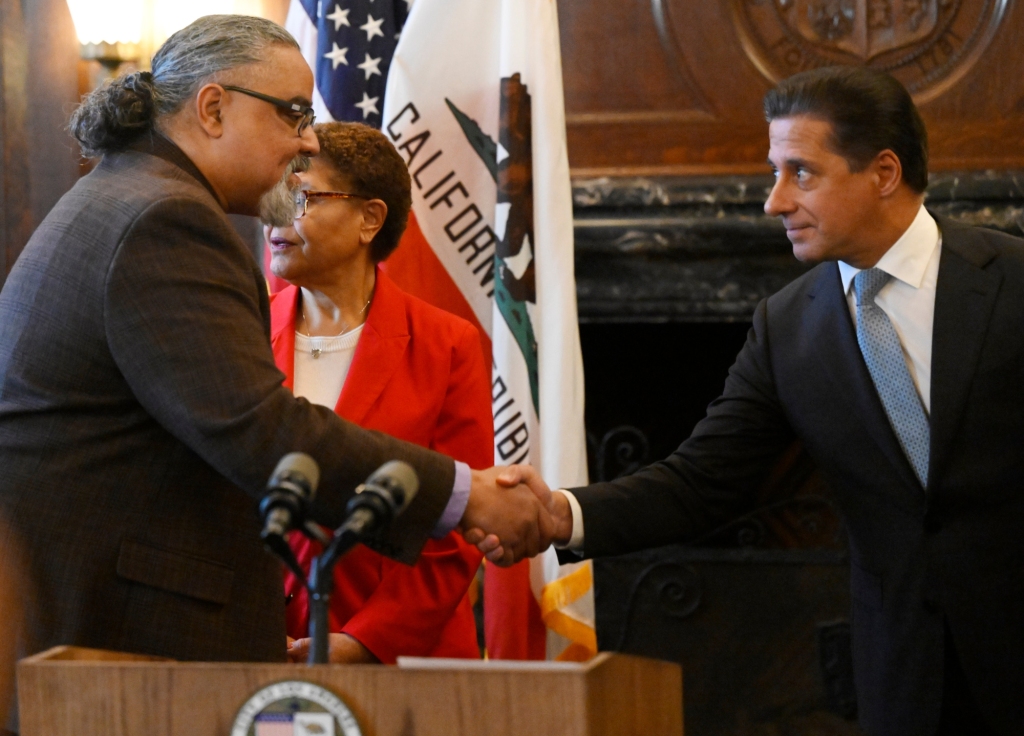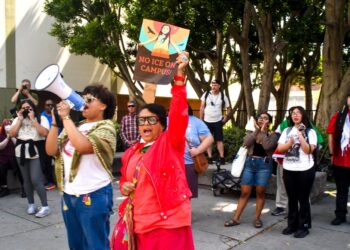Los Angeles Unified School District workers, parents and leaders alike rejoiced when a labor contract agreement was reached Friday, March 24, following a mammoth three-day strike that shut down America’s second-largest school system. But as the celebrations wind down and the school year rolls on, many uncertainties remain and challenges await.
In the coming weeks, members of SEIU Local 99 — the service workers union representing 30,000 bus drivers, custodians, instructional aides, cafeteria workers and special education assistants — must ratify what is still a tentative agreement. And the district must implement its new contract with the union.
But the road doesn’t end there.
The district must also get students and teachers back into their routines, reach a separate agreement with the teachers union, respond to three days of lost learning and tie up other loose ends.
And, in just one year, the district must reach a fresh agreement with SEIU Local 99, whose leaders have made it clear that they will be ready to strike again if their problems are not addressed.
So, in the aftermath of the historic strike and settlement, here are some questions that arise:
What do the agreement numbers actually mean for service workers?
So many numbers were thrown around during the strike — around $4.9 billion residing in district reserves, a $25,000 average service worker salary, a $440,000 superintendent salary, a 30% pay raise demand and a 23% offer on the table — that it was hard to keep them all straight.
When the agreement was finally hammered out, even more numbers were thrown into the equation.
Here’s what its numbers mean in practice:
By Jan. 1 of next year SEIU members will have effectively received the 30% pay raise that labor leaders have been demanding from the outset of negotiations.
This is divided into a 6% retroactive raise for the 2021 school year, a 7% retroactive raise for the 2022 school and a 7% increase in July 2023. In January, workers will…
Read the full article here







